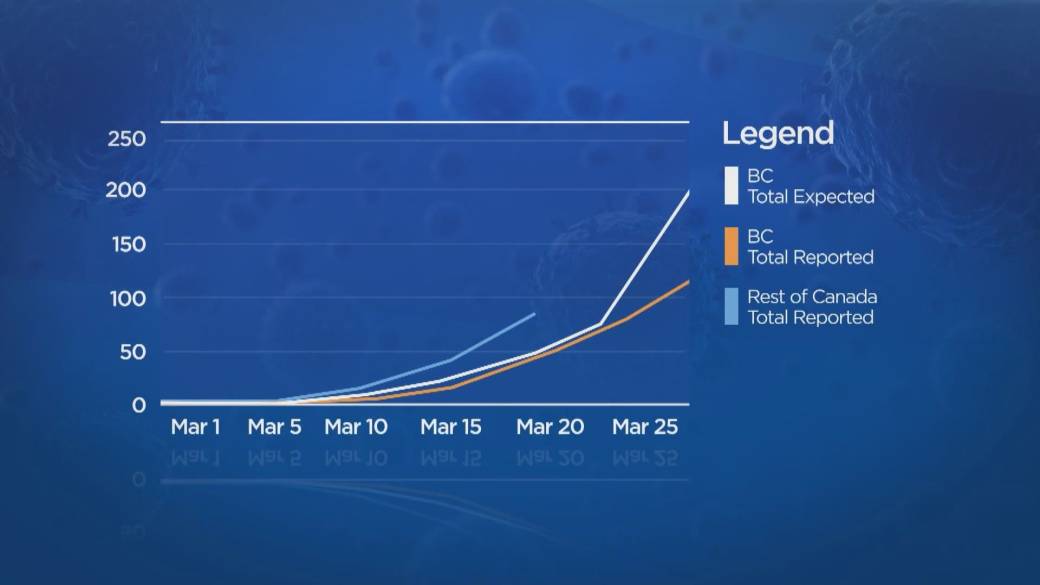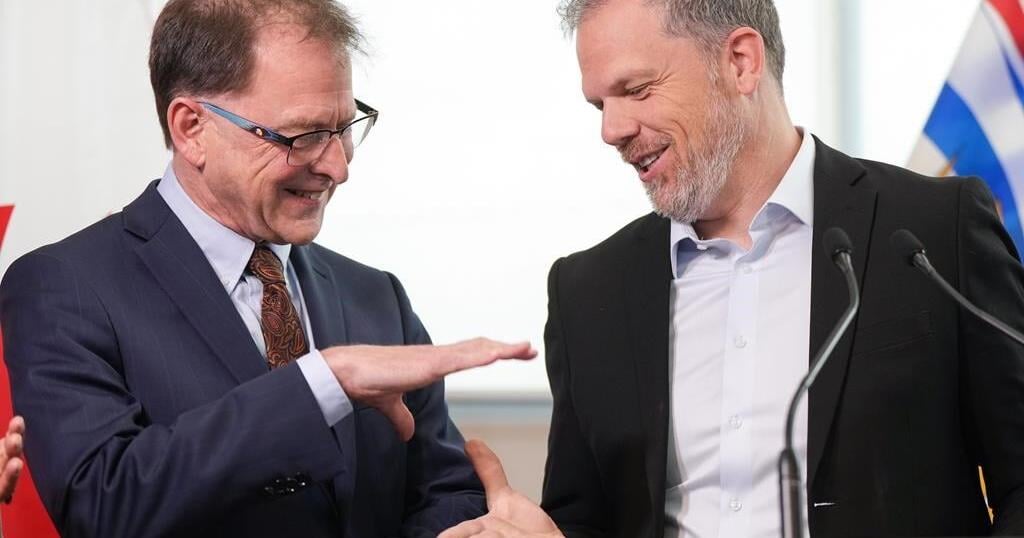FREDERICTON – Provincial leaders across Canada are taking turns criticizing the federal Liberal government’s proposal to alleviate immigration pressure on Quebec and Ontario by resettling asylum seekers more equitably across the country.
New Brunswick Premier Blaine Higgs set the ball rolling when he told the Greater Moncton Chamber of Commerce on Wednesday that Ottawa was proposing the province take in 4,600 asylum seekers without providing financial assistance.
The next day, after his comments were called “largely fictitious” by the federal immigration minister, Higgs stood his ground.
“How many of this 4,600 that is being proposed … how many are actually, actual genuine asylum seekers? Because they haven’t gone through the process,” the New Brunswick premier told reporters.
The federal government has been under immense pressure from Quebec to reduce the number of temporary immigrants in the province, especially asylum seekers. The Quebec premier has said that in the last two years, the number of temporary immigrants in Quebec has doubled to 600,000 from 300,000. Ontario has also called on the federal government for help, citing the disproportionate number of would-be refugees in that province.
Speaking after a Liberal caucus meeting Wednesday in British Columbia, federal Immigration Minister Marc Miller challenged Higgs’s remarks, saying they were “highly irresponsible.”
“We at no time have said that we would impose asylum seekers on provinces without financial compensation.”
Miller said federal and provincial officials had met during the summer to discuss federal funding and responsibilities for distributing asylum seekers across the country so they could integrate into the labour market. “In order to move forward, we have to put numbers on the table on what an aspirational number of asylum seekers would look like,” Miller said.
The minister said the numbers in question were based on models reflecting each province’s population. He said smaller provinces have a responsibility to take in more asylum seekers to lower the pressure on Ontario and Quebec.
But he said this does not mean New Brunswick would be forced to take in 4,600 asylum seekers. “We would expect the provinces like New Brunswick to do its part, but the last thing we want to see done is for this to be politicized,” Miller said.
Miller went on to suggest that New Brunswick ministers had indicated the province didn’t want to admit any asylum seekers, regardless of federal compensation. And he confirmed that some other provinces were also opposed to letting them in.
“We are looking at a number of other incentives that would push provinces that are recalcitrant,” he said.
It’s not just New Brunswick pushing back against Ottawa’s proposal.
Alberta Premier Danielle Smith said her government was also opposed to having more asylum seekers in her province.
“Although Alberta represents only 11.8 per cent of the Canadian population, we are currently supporting approximately 22 per cent — over 70,000 — of Ukrainian evacuees who arrived in Canada,” she said in a statement.
Nova Scotia Premier Tim Houston said on X, “It is simply unacceptable for the Trudeau government to try to force thousands of asylum seekers on our province at this time. Nova Scotia simply does not have the capacity to accept thousands of asylum seekers.”
Jeremy Harrison, Saskatchewan’s minister of immigration, said the province had not made an agreement with the federal government regarding the resettlement of would-be refugees.
“Saskatchewan would strongly oppose any move by the federal government to unilaterally allocate asylum seekers to our province and has made that very clear directly at meetings of federal and provincial immigration ministers,” he said in a statement.
John Rustad, leader of the Conservative Party of British Columbia, called Ottawa’s plan to “force” about 21,000 asylum seekers onto the province without any financial support “a reckless decision.”
New Brunswick Liberal Leader Susan Holt accused Higgs of manufacturing a distraction with a provincial election on the horizon. “Premier Higgs is once again being reckless and exaggerating the facts while trying to create division and fear about this news on potential asylum seekers,” she said in a statement.
New Brunswick Green Leader David Coon said he “just about fell on the floor” when he heard Higgs talk about the “scary picture of thousands and thousands of people coming into New Brunswick.”
“It was despicable. He’s clearly decided to take the low road in this campaign, to adopt some, let’s say Trump-lite, to do fearmongering,” Coon said, referencing former United States president Donald Trump.
Coon said asylum seekers, most of whom are trying to escape dangerous situations from their home countries, bring tremendous energy and contribute positively to society.
“This is the premier practising fearmongering to gaslight or light up people out there who hold prejudice and bigotry in their views.”
This report by The Canadian Press was first published Sept. 12, 2024.

































